Amazing optical illusions can be a great way to pass the time whether you’re taking a mental break from work or scrolling through social media. Picture illusions, such as spinning circles or zigzag effects, may look to pop to life! If you enjoy having your mind blown by illusions, you’ve come to the right place. Learn how the pictures of optical illusions work and master them.
What Is An Optical Illusion?
Optical illusions are visual pictures or videos that trick the brain and your eyes. This is based on a variety of scientific elements, including different colors, patterns, lighting, and so on. When we look at these visuals, we get a distorted feeling of reality since the image our brain processes isn’t the same as what we see.
Below are some examples of amazing optical illusions that you can try out to test your eyesight and brain power.
10 Amazing Optical Illusions To Test Your Brain
1. The Ames Room Illusion
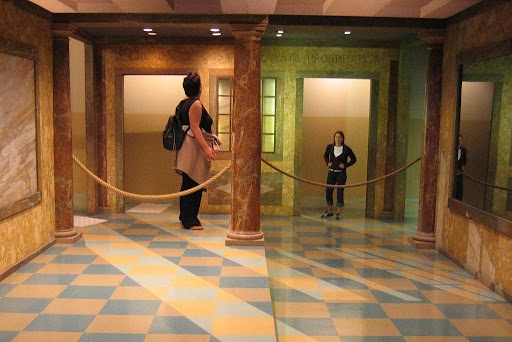
The illusion of a dramatic disparity in size is achieved by using a warped room. The spectator is led to assume that the two people are standing in the same depth of field when, in fact, the subject is considerably closer.
Your eyes and your brain will be tricked by this cool optical illusion because while the room appears square-shaped, it actually has a trapezoidal shape.
2. The Hermann Grid Illusion

As we all know, a grid illusion is any type of grid that deceives a person’s vision and tricks them into seeing objects that may or may not be present there. One of such illusions is the Hermann Grid illusion, which is a150 years old. Let’s take a look at the science underlying it!
The grid of black squares on a white background creates one of the best optical illusions, as one may notice “faintly glowing” grey parts on the white lines. When one stares at the picture straight, these glowing parts tend to disappear. So, what are you waiting for? It’s time to put these mind tricking images to the test!
Related: Most People Can’t Find The Circles Hiding In This Image. Can You? – Personality Test
3. The Spinning Dancer Illusion

Everyone has their own perception of how they see things around them. The spinning dancer’s illusion is one in this instance. This is another cool optical illusion in which the shadow of a spinning dancer seems to be doing twirls at first. However, most people will notice that she would abruptly shift her dance direction after some time.
At first, the observer happens to see the left foot of the dancer rotating clockwise and vice versa. However, they are likely to see the dancer spinning in both directions after some time. Focusing on the image for an extended period of time can occasionally impact the fluctuation in direction. Sounds interesting, doesn’t it?
4. The Zollner Illusion

The Zöllner illusion, named after its discoverer, German astrophysicist Johann Karl Friedrich Zöllner, is one of the best optical illusions.
In this the shorter lines are drawn at an angle to longer lines in one version of the illusion, giving the impression that the parallel lines are not parallel and instead converge and diverge from each other.
An impression of depth, on the other hand, could be the source of the illusion. The fact that the shorter lines are at an angle to the larger lines may give the appearance that one end of the longer lines is closer to the viewer than the other.
5. The Ponzo Illusion

The Ponzo Illusion is one of the most awesome optical illusions, created by Italian psychologist Mario Ponzo who demonstrated a geometrical-optical illusion for the first time in 1911. He proposed that the human mind determines the size of an object based on its surroundings.
Look at the yellow lines, notice how one appears to be longer than the lower one. But if you draw a red line on both sides, you would see that they both are of equal length. The illusion tricks our brains into thinking that the upper line is longer than the one lower due to it’s background. What do you think about this?
Relate: This Optical Illusion Test Reveals Your Secret Strengths And Weaknesses
6. The Muller-Lyer Illusion

The Muller-Lyer illusion is a well-known optical illusion created in 1889 by a German psychologist called Franz Carl Muller-Lyer. It consists of two same-length arrows with parallel lines that appear to be of different lengths to the eye.
Among the amazing optical illusions, this one is particularly intriguing since it uses visual context to deceive your eye and brain. The line with closed arrow tails will appear shorter than the line with open tails. Putting this image in motion helps it to stand out even more.
7. The Kanizsa Triangle Illusion

Here’s one of the amazing optical illusions called the Kanizsa Triangle Illusion. Let’s take a look at how this cool optical illusion works. So, do you see the white triangle? That’s odd, what if we were to tell you that there’s no a triangle that really exist but appears to exist because of the other objects around it. There are just black shapes around it that create an illusion.
That’s right, the brain tends to fill in the gaps and allow us to see things that aren’t really there.
8. The Moon Illusion

When the Moon is rising or setting, why does it appear so large? The Moon illusion is the name given to the psychological deception that our brains perform on us. Photographs show that the Moon is the same magnitude near the horizon as it is when it is high in the sky, yet our eyes don’t see it that way.
As a result, it’s an optical illusion based on how our brains process visual information. Even though we’ve been witnessing it for thousands of years, no satisfactory scientific explanation for why we see it exists.
Related: Fun Test: The First Picture You See Reveals Your Current Situation
9. The Negative Photo Illusion
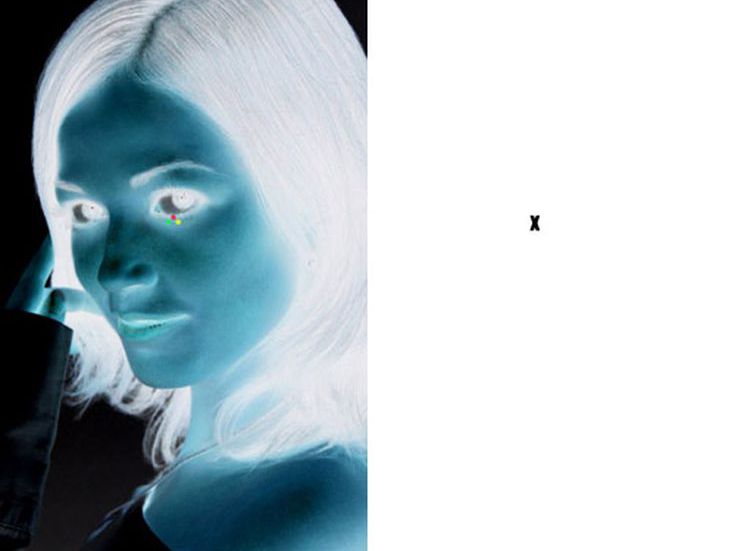
A negative image is the polar opposite of a positive image. White or light parts appear dark in a negative photograph, whereas darker areas appear light. Photo negatives are usually developed into great photographs in a dark room. The negative picture visual illusion, on the other hand, allows your visual system and brain to construct a color image from a negative photo for a brief period of time.
Isn’t that fascinating? So go find a negative photo from your album and try this cool optical illusion now!
10. The Lilac Chaser Illusion

In 2005, vision expert Jeremy Hinton developed the lilac chaser, which is a sort of visual illusion. To see the illusion, open a new window and look at the lilac chaser illusion. Watch what happens if you stare at the black center cross for at least 30 seconds. Like other optical illusions, it is a fascinating opportunity to investigate how the brain and perception interact.
Related: Are These Baseballs The Same Color? Optical Illusion Test
Benefits of amazing optical illusions:
- Exercising the brain.
- Improves alertness and performance.
- Enhance problem-solving skills.
- Therapeutic benefits to those with learning disabilities as a brain therapy.
So did you have a look at these mind tricking images? Who would’ve known scientific experiments and explanations could be fun. Share the pictures of these amazing optical illusions with your friends and family to test their brainpower as well!
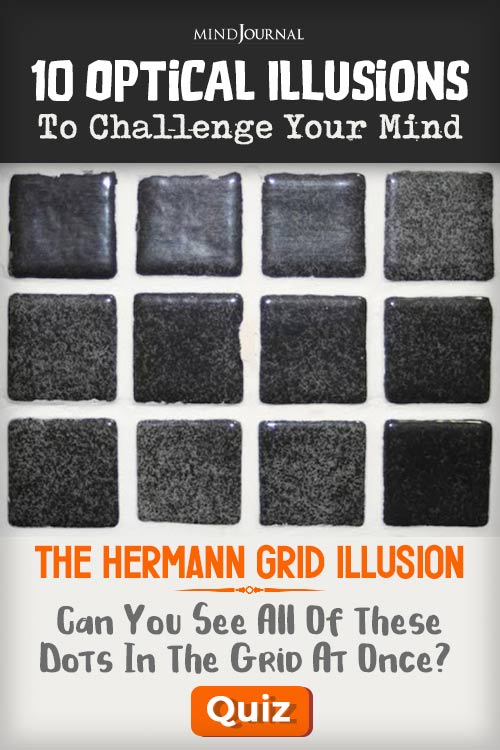

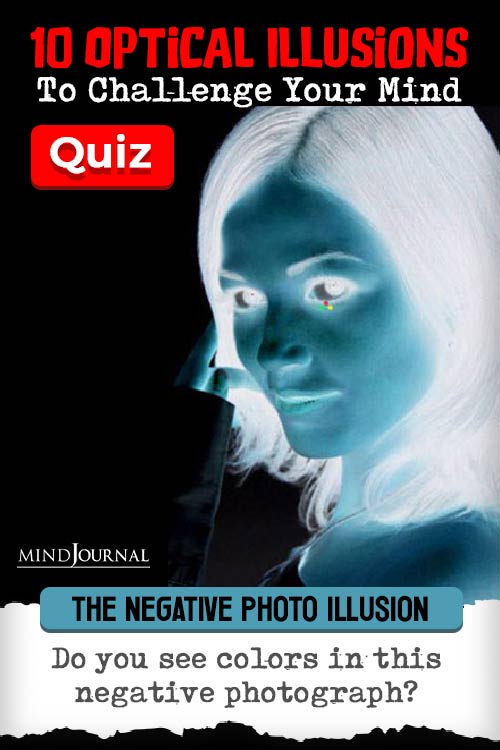
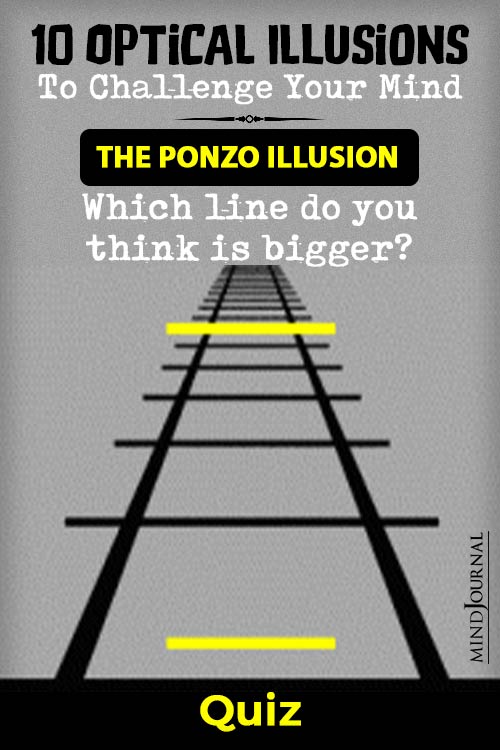
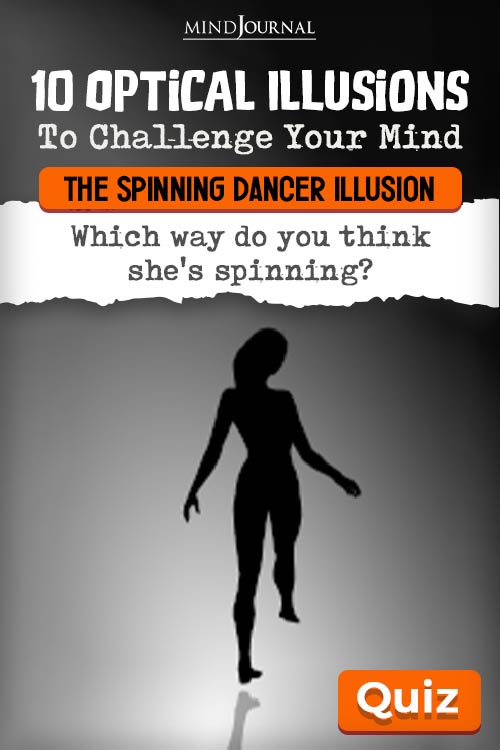

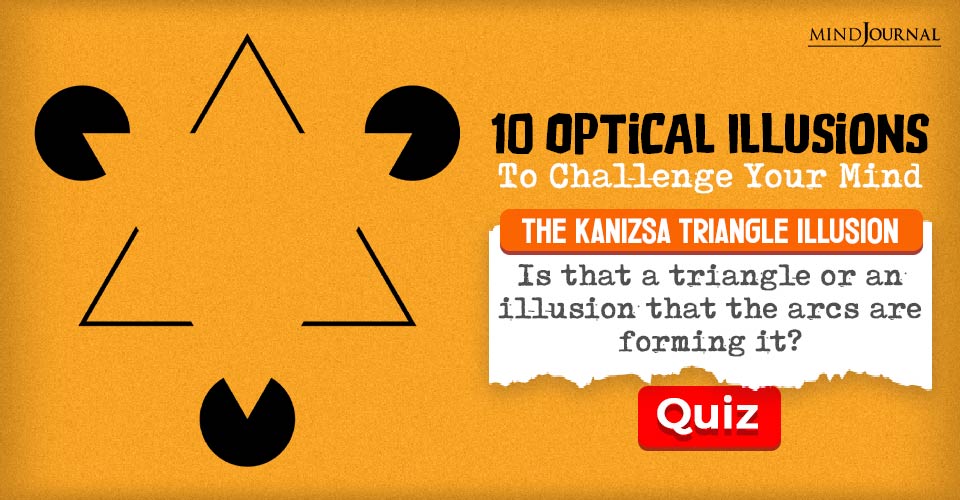







Leave a Reply